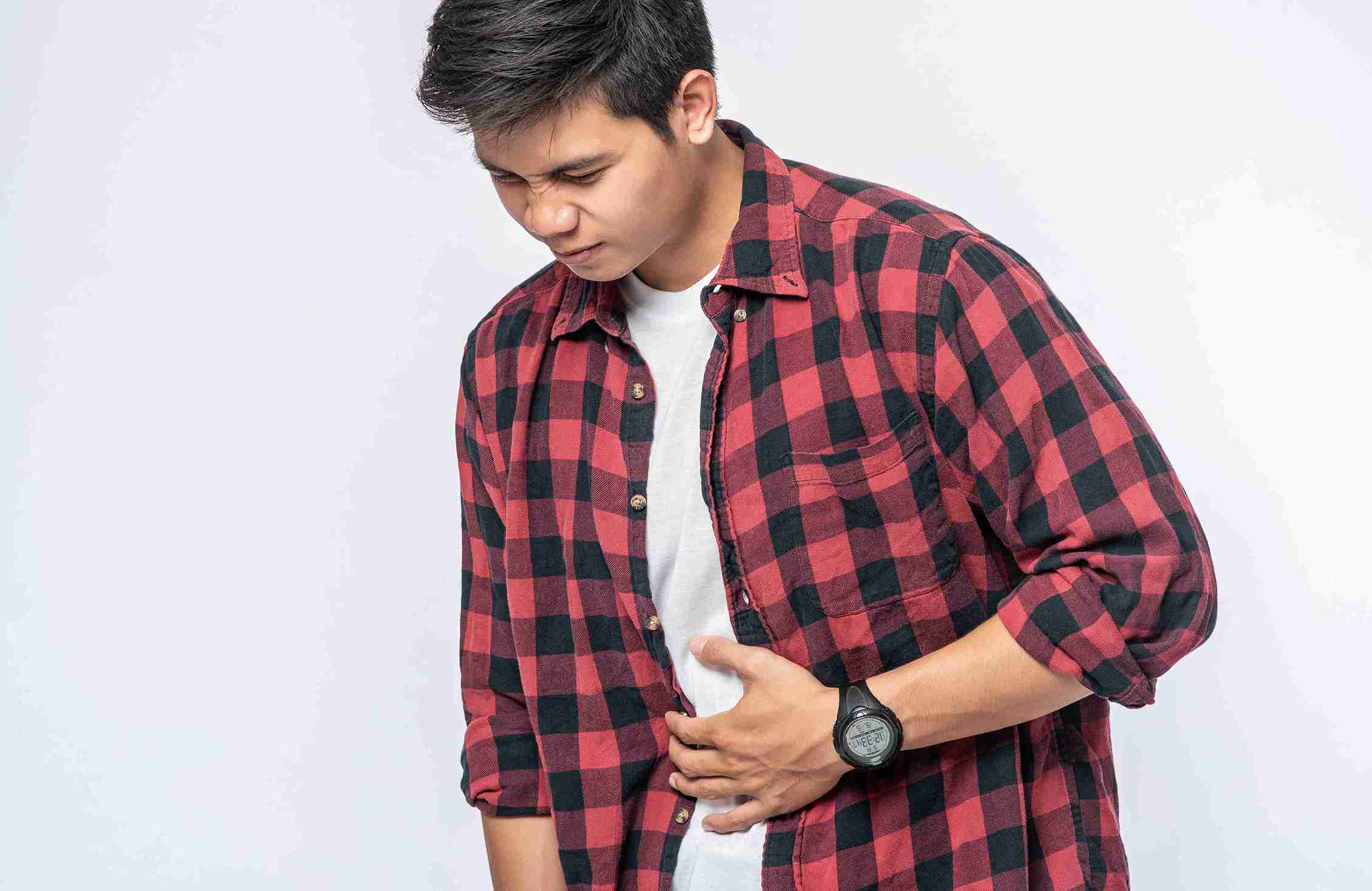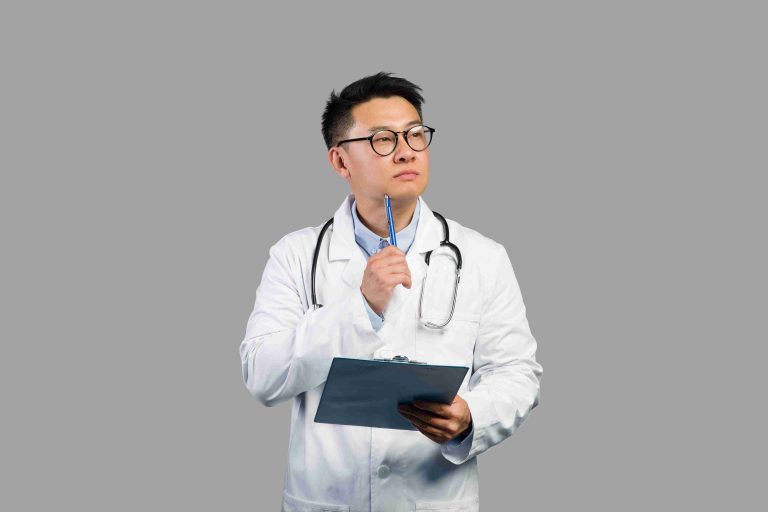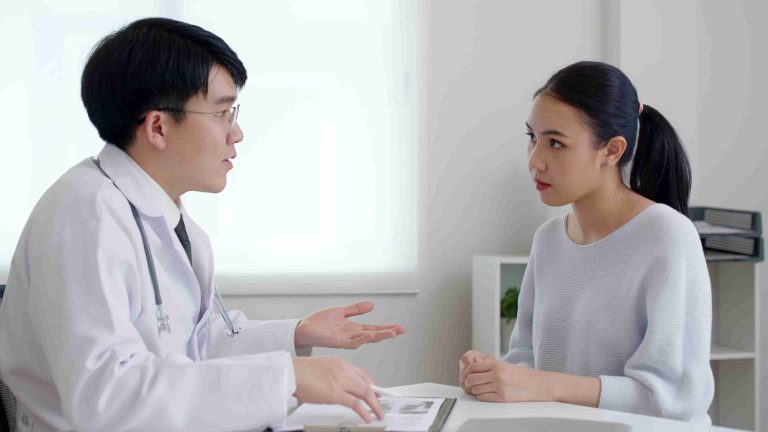Abdominal pain is one of the most frequent reasons people seek medical care. It can range from mild discomfort to severe pain that requires urgent attention. Because the abdomen houses many organs, the exact location of the pain often gives important clues about what might be wrong. Knowing the difference between left side and right side abdominal pain can help patients and healthcare providers better understand possible causes and when to seek medical help.
Understanding Abdominal Pain
The abdomen extends from the chest to the pelvis and contains the stomach, intestines, liver, gallbladder, pancreas, kidneys, and other vital structures. Abdominal pain can be sharp, dull, cramping, or burning, and its location is often one of the first signs doctors use to narrow down the potential cause.
Pain on the left side may indicate issues with organs such as the spleen, left kidney, or parts of the colon. Pain on the right side may point to conditions involving the liver, gallbladder, or appendix. Sometimes, the pain may be referred from another area of the body, making diagnosis more complex.
Left Side Abdominal Pain: Common Causes
Left side abdominal pain can be caused by a variety of conditions, ranging from digestive issues to more serious medical problems.
Diverticulitis
Diverticulitis is one of the most common causes of left lower abdominal pain, especially in older adults. It occurs when small pouches in the colon wall, called diverticula, become inflamed or infected. Symptoms often include pain, fever, nausea, and changes in bowel habits.
Constipation
When stool builds up in the colon, it can create cramping and discomfort, especially in the left lower quadrant. Constipation is often related to diet, dehydration, or lack of physical activity. Though usually not dangerous, it can cause significant abdominal pain and bloating.
Kidney Stones
Kidney stones may cause sharp, severe pain that radiates from the back or side to the lower abdomen and groin. Left-sided stones can trigger intense left abdominal pain, sometimes accompanied by blood in the urine or difficulty urinating.
Ovarian Conditions
In women, left side abdominal pain may be related to gynecological issues such as ovarian cysts or ectopic pregnancy. A ruptured cyst or a pregnancy outside the uterus requires urgent evaluation, especially if the pain is sudden and severe.
Spleen Disorders
Injuries or conditions affecting the spleen, such as enlargement or rupture, can also cause left side stomach pain. Splenic problems are less common but may be serious, particularly after trauma.
Right Side Abdominal Pain: Common Causes
Right side abdominal discomfort often points to a different set of conditions, many involving the liver, gallbladder, or appendix.
Appendicitis
Appendicitis is one of the most well-known causes of right lower abdominal pain. It typically starts as vague pain near the belly button and shifts to the lower right side. Other symptoms include fever, nausea, vomiting, and loss of appetite. Without treatment, the appendix may rupture, leading to life-threatening complications.
Gallstones and Gallbladder Disease
Pain in the right upper abdomen may signal gallstones or gallbladder inflammation. Gallbladder-related abdominal pain often occurs after eating fatty foods and can radiate to the back or right shoulder. Severe cases may require surgery to remove the gallbladder.
Liver Conditions
The liver, located on the right side of the abdomen, can also be a source of pain. Hepatitis, liver abscesses, or liver enlargement due to disease may cause right side discomfort. While not always severe, persistent pain requires medical evaluation.
Kidney Stones
Just like on the left, kidney stones on the right side can cause sharp, radiating abdominal pain. The discomfort often comes in waves and may be associated with nausea or blood in the urine.
Gynecological Causes
In women, right side abdominal pain may be due to ovarian cysts, ectopic pregnancy, or other reproductive system conditions. Because these issues can be serious, sudden or intense pain should not be ignored.
Abdominal Pain That Can Affect Both Sides
Not all conditions are limited to one side. Some causes of abdominal pain can affect either or both sides.
Irritable Bowel Syndrome (IBS)
IBS is a functional gastrointestinal disorder that causes cramping, bloating, and alternating diarrhea or constipation. Pain may occur anywhere in the abdomen and often improves after a bowel movement. While not life-threatening, IBS can significantly affect quality of life.
Gastroenteritis
Commonly known as the stomach flu, gastroenteritis causes abdominal pain, diarrhea, nausea, and vomiting. It is often viral or bacterial and typically resolves on its own, but dehydration can become a concern if symptoms are severe.
Urinary Tract Infections (UTIs)
UTIs can cause abdominal discomfort on either side, particularly if the infection spreads to the kidneys. Symptoms may include burning with urination, frequent urges to urinate, and lower abdominal pain.
Hernias
A hernia occurs when an organ or tissue pushes through a weak spot in the abdominal wall. Depending on the location, pain can be felt on either the left or right side, often worsening with coughing, bending, or lifting.
When to Seek Medical Attention
While many causes of abdominal pain are minor and temporary, others may signal serious health problems. It is important to seek immediate medical care if the pain is:
- Sudden and severe
- Accompanied by fever and chills
- Associated with persistent vomiting
- Linked with blood in stool or urine
- Worsening despite home remedies
- Paired with dizziness, fainting, or shortness of breath
Pregnant women experiencing abdominal pain should always consult a doctor promptly, as some conditions can affect both mother and baby.
Diagnosing Abdominal Pain
Doctors use several tools to diagnose abdominal pain. A detailed medical history and physical examination are often the first steps. Blood tests, urine tests, ultrasound, CT scans, and endoscopy may also be used to identify the cause.
Because abdominal pain has so many possible sources, accurate diagnosis is essential. What may seem like a minor digestive issue could actually be a sign of something more serious, such as appendicitis or gallstones.
Managing Abdominal Pain
Treatment depends on the underlying cause. Simple conditions like constipation or indigestion may be relieved with dietary changes, hydration, and over-the-counter medications.
Infections may require antibiotics, while kidney stones might need pain management or surgical removal. Emergency conditions such as appendicitis or ruptured cysts often require urgent surgery.
Lifestyle changes, including eating a balanced diet, exercising regularly, and managing stress, can also help reduce the likelihood of recurrent abdominal pain.
Conclusion
Abdominal pain can be caused by a wide range of conditions, and the location of the discomfort often provides important diagnostic clues. Left side abdominal pain is commonly linked with diverticulitis, constipation, kidney stones, or spleen disorders, while right side abdominal pain may suggest appendicitis, gallbladder disease, or liver conditions. Some issues, such as IBS or gastroenteritis, can affect either side.
Because abdominal pain varies so widely in severity and cause, it is always important to pay attention to accompanying symptoms and seek medical advice when necessary. Proper diagnosis and timely treatment can make a significant difference in outcomes and overall health.







